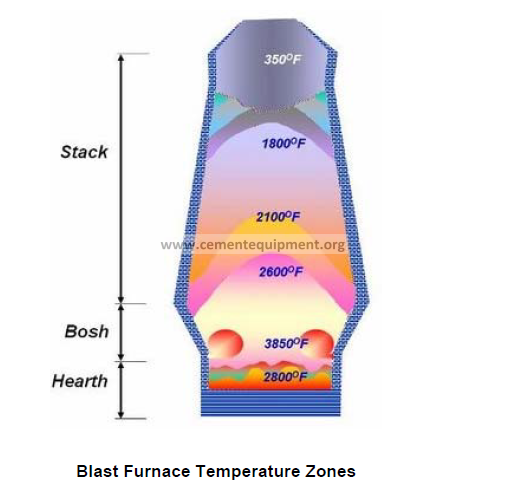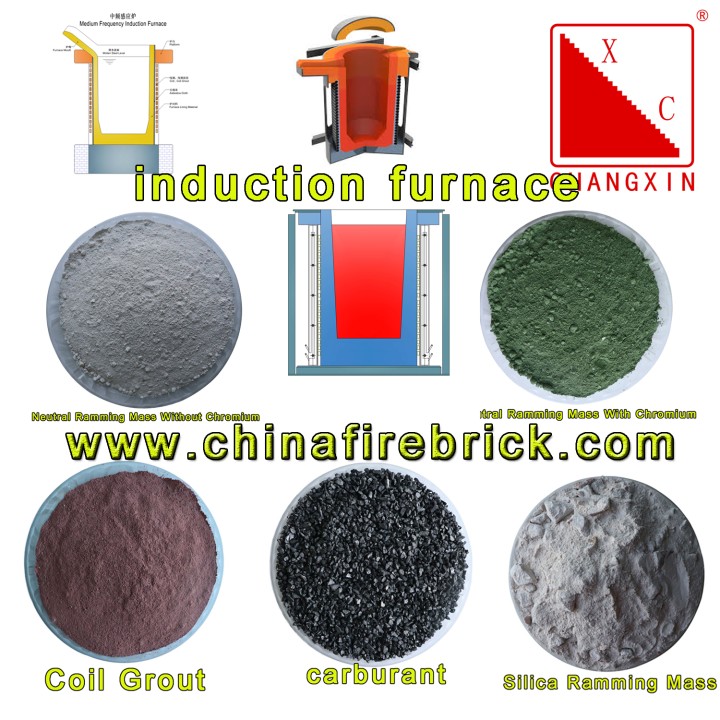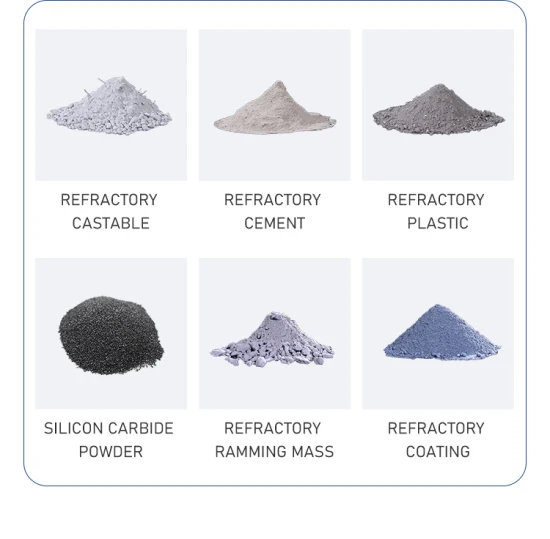Well, this “refractory lining material,” let me tell ya, it might sound all fancy, but it’s just the stuff that keeps them big furnaces and kilns from getting too hot on the outside. Now, them folks using these furnaces gotta have these linings so they can keep on melting metals, cooking up glass, and making other hot stuff without worrying about burnin’ through the furnace itself. A lining helps hold in all that high temperature heat, kinda like how a clay oven holds in the heat for baking bread but way, way hotter.
Why Use Refractory Lining Materials?


Now, why’d they even put this lining in there? Well, it’s all about protection and safety. These furnaces get mighty hot, so if they didn’t have a special lining, the metal walls would be burnin’ out mighty quick. These materials have to stand up to all sorts of high heat, chemical reactions, and not get too bent outta shape. So, the refractory lining acts like a shield, protectin’ everything on the outside from that raging heat inside.
Types of Refractory Materials
- High Alumina Bricks
- Magnesia Bricks
- Fire Clays
- Silicon Carbide
- Spinel Bricks
These bricks, well, they’re not your ordinary house bricks. No, these here are made special-like to handle all the hot and heavy work. Take them high alumina bricks for example. These are mighty good when you got somethin’ like 70-80% alumina in ‘em, which means they stand up to a lot of heat and don’t wear down as fast. Then you got magnesia bricks—those are basic ones and good if you got real high heat and some kinda chemical business going on in the furnace.
Oh, and let’s not forget about fire clays. These ones are kinda like what they use in regular brick but made a bit tougher. And if you got something even tougher you need, like for them furnaces that go through a lot of temperature changes real fast, they got silicon carbide or spinel bricks. Those don’t crack as easy with all the heating up and cooling down.
Choosing the Right Refractory Lining
Now, picking the right stuff ain’t easy, lemme tell ya. You gotta think about all sorts of things. First, there’s the temperature—you don’t wanna put somethin’ in there that’s just gonna melt! Then, there’s the chemical stuff that’s in the furnace, ’cause some materials don’t get along well with certain chemicals. And finally, there’s the wear and tear from all the heating up and cooling down. Not every lining is gonna be tough enough to last through all that without crumbling away.


Take a kiln that’s melting up glass, for example. That’s a steady high temperature but without too many nasty chemicals. So, they’d probably go with high alumina bricks or fire clay. But if it’s some kind of chemical business, like making cement or refining metals, then they might need magnesia bricks or spinel, ‘cause those won’t react funny to the stuff inside.
How They Put This Lining In
Now, just like building a wall, they don’t just dump these bricks in there and call it a day. They put the lining in nice and snug, sometimes with layers. There’s the working layer that’s right up next to all the hot stuff, and then there’s a backup layer behind it. Kinda like having a coat and then a thick shirt underneath. The working layer does all the hard work, takin’ the heat head-on, while the backup keeps things steady if that first layer wears down.
Maintaining the Refractory Lining
Now, just like anything else, these linings need lookin’ after. Every so often, they gotta check ‘em, patch up any spots that start wearin’ thin, and make sure there’s no cracks. If they let it go too long, the heat might just burn through and cause all sorts of trouble, maybe even shut down the whole factory till it’s fixed. So, keeping up with maintenance is key. It’s a bit like how you’d check on your clay stove now and then, but here they got professionals just for that job.
Final Thoughts on Refractory Lining Materials


So, there you have it, this refractory lining material business might sound all technical, but really it’s just like givin’ these furnaces and kilns a good ol’ fireproof coat. They need to pick the right kind based on how hot it’s gonna get, what kind of chemical work it’s doing, and how many times it’s gonna heat up and cool down. They put it in nice and sturdy, check it regular, and replace it when it starts wearin’ down. Kinda like how you’d take care of a good cast-iron pot—make sure it’s ready to keep on cooking for years and years.
Tags:[refractory lining material, high alumina bricks, magnesia bricks, fire clay, silicon carbide, industrial furnaces, kiln lining]


